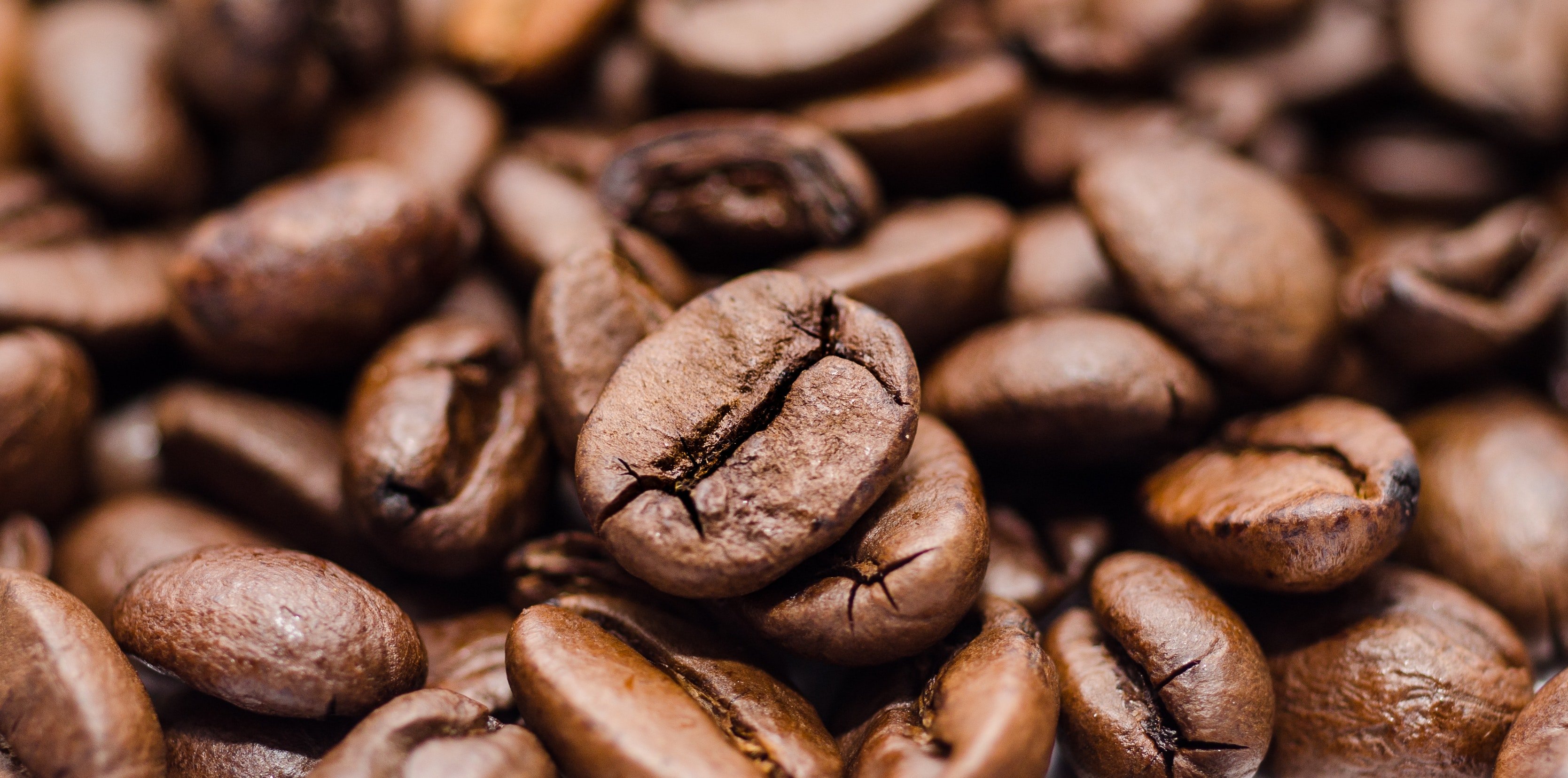From Addicted to Advantaged: SHTF Coffee Guide
Coffee is one of the few constants in many of our lives. We need that jolt in the morning to take on the day and our afternoon cup helps us combat post-lunch drowsiness. Our routine caffeine fix may seem necessary now, but many will be forced to break this habit if SHTF. What would we do for our cup of joe then? Fortunately, we can take steps now to ensure that we won’t need to face that reality. Not only will these steps enable us to continue enjoying our habitual practice, they can also make us better equipped for survival. Below is your SHTF Coffee Guide.
Storage and Sourcing
Many of us recognize unground coffee as fragrant, brown beans. Coffee, however, only develops its fragrance and dark coloring after it’s roasted. Prior to roasting, coffee beans are green and have a vegetal smell and taste. They haven’t yet undergone the many chemical reactions the roasting process induces. Green coffee can be stored far longer without going stale than roasted coffee can. If stored in a dry, cool area in an airtight container, green coffee can last for years. While some people may argue a burlap sack is satisfactory for storage, long term storage requires that the coffee avoids as little exposure to sunlight, moisture, and air as possible. I’d therefore recommend an airtight plastic or glass container instead.
You can purchase green coffee through a variety of online distributors. There are a number of different options on Amazon, such as Primos Coffee or Stone Street Coffee. Coffee Bean Corral has a diverse selection of green coffee and home roasting equipment. Some specialty coffee shops are willing to sell customers green coffee as well. Starbucks has significantly expanded the coffee market over the past decade, which has made the acquisition of green coffee quite easy. If you begin to take your green coffee sourcing seriously, I recommend researching the Green Coffee Association, which provides its members with networking opportunities and the latest coffee best practices.
Roasting
The smell of roasted coffee beans is so complex that humans cannot replicate it synthetically. You can argue that the smell alone may be worth something if SHTF. That said, we’re not going through all of this early preparation just to smell our favorite drink. We want to gulp it down. To do that, we need to transform the green coffee. Most of the coffee we drink today has been roasted in either a drum roaster, or fluid bed roaster. These two roasting mechanisms deliver quality, consistent roasts. We may, however, not have the luxury of electricity. There are alternative ways of roasting coffee, like doing so in a pan over a gas-lit stove. By stirring the coffee beans as they roast, you can achieve a satisfying cup.
Grinding
Coffee should not be ground until at least 24 hours after your roast. After coffee has been roasted, carbon dioxide leaves the beans. It could take anywhere from 2 days to 2 weeks before all the carbon dioxide has been emitted. For this reason, you should let your beans properly degas before grinding them. A sealed container that lets the carbon dioxide escape will result in an optimal cup. Once your beans have degassed, it’s time to grind them. Use a manual burr grinder to create an even grind, which results in a more uniform coffee extraction during brewing. The way in which the coffee is ground is one of the most important factors in determining how your coffee tastes. Simply crushing the beans will result in a very sour cup of coffee.
Brewing
The brewing process is a marriage of the two core coffee components: the water and the grounds. A good cup of coffee is over 98% water, so it is important that your water is safe to drink. Coffee aficionados will advise against bring your water to a boil before brewing, but we’re considered with safety above taste. By boiling the water using a kelly kettle or other device, it should be safe to drink. A french press is a good way to fully immerse your coffee and enjoy a full bodied cup. Alternatively, you can enjoy tried and true cowboy coffee. Simply boil water, add your coffee grounds to the pot, wait about 5 minutes, and drink up.
Trading
The coffee market is valued at over $100 billion today. It’s a hot commodity and second only to oil. If SHTF, the size of the market will collapse and make the limited supply of coffee much more valuable. Trading green, roasted, or brewed coffee can prove lucrative, as we see a cup of Starbucks coffee go for nearly $5. If coffee becomes much scarcer, its value will only increase.
Survival
When it comes to survival, preparation is key. Skill development, like sourcing products, long term storage, outdoor roasting, water treatment, and trading are all critical to life after SHTF. Not only will you be one of the few people continuing your morning and after routine, but you’ll also be equipped with the survival skills needed to sustain you and your family. Share this SHTF coffee guide with others to better ensure their survival!
Do you agree that coffee is essential if SHTF? Have any other suggestions for the SHTF Coffee Guide? Leave a comment below or contact me directly. You can also purchase some coffee supplies from the Bunker Basics Store.







Finally someone address the coffee issue. I see a.lot of shift guides and they all omit this one necessity. I’m going to miss coffee and cigarettes when civilization crashes